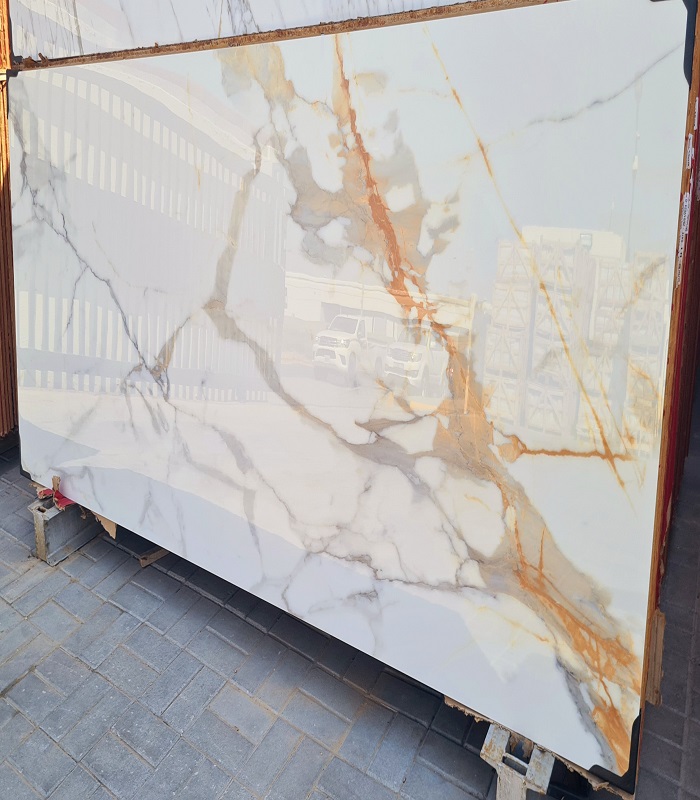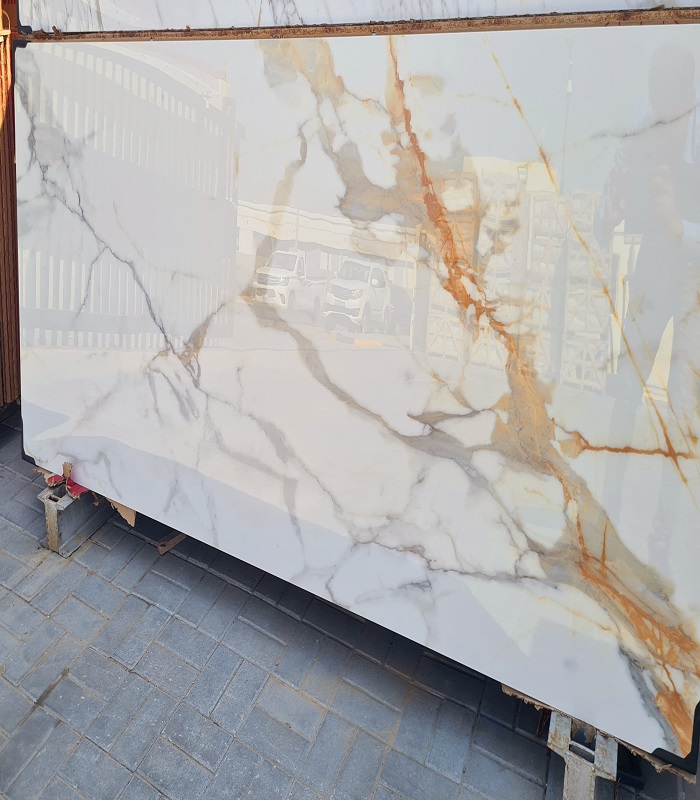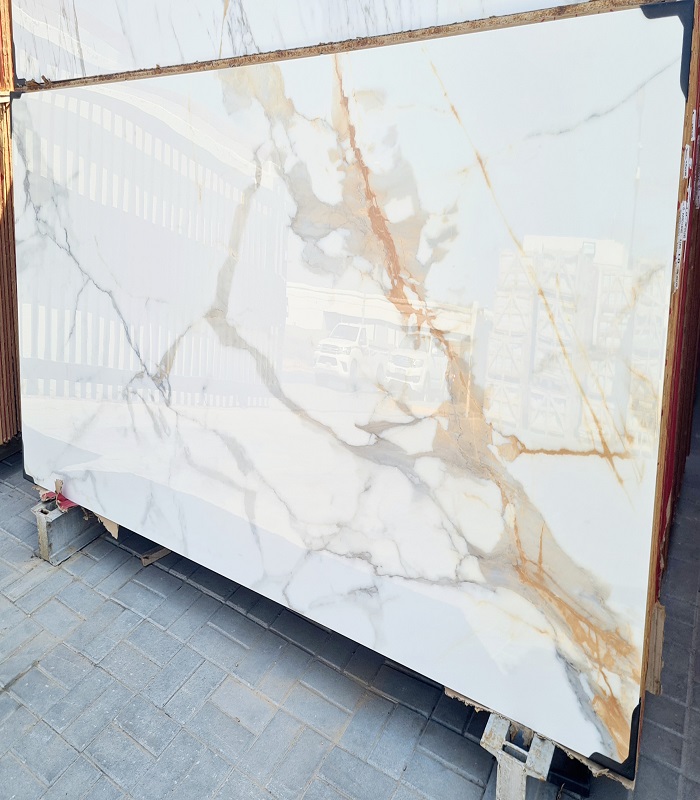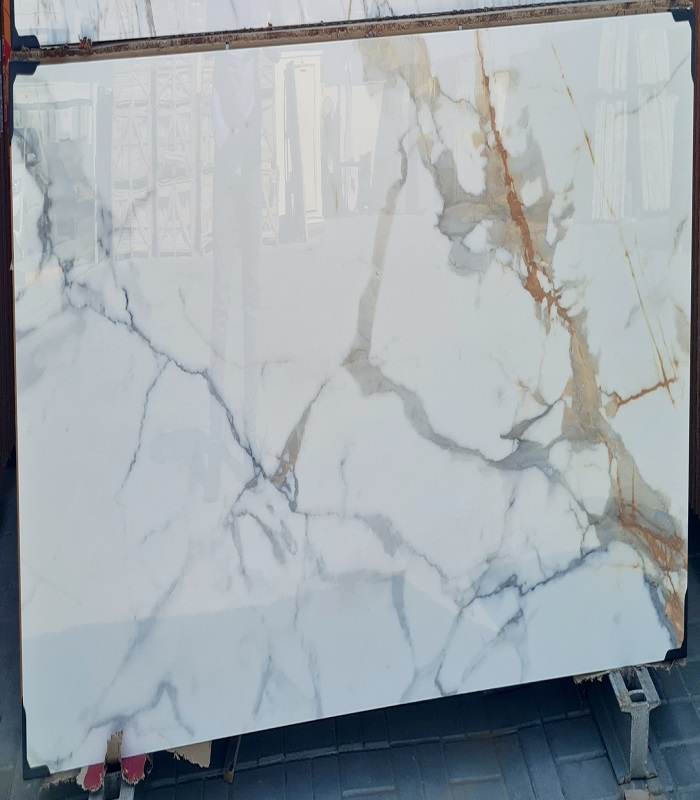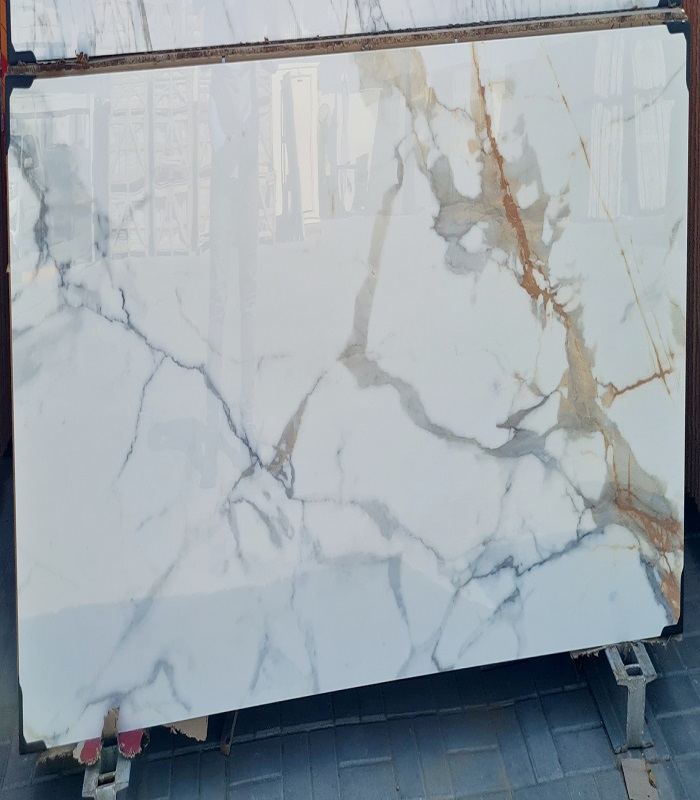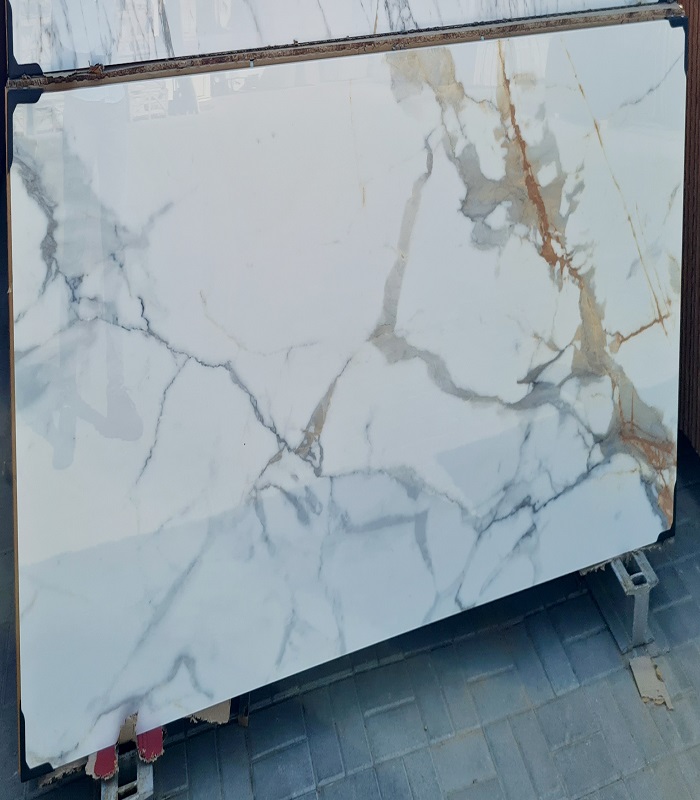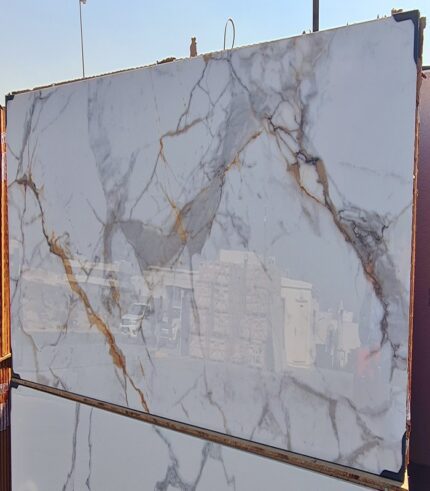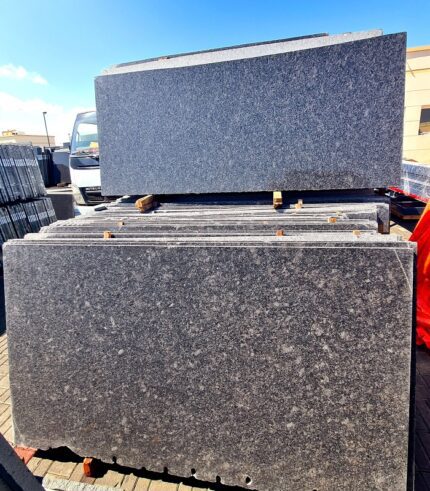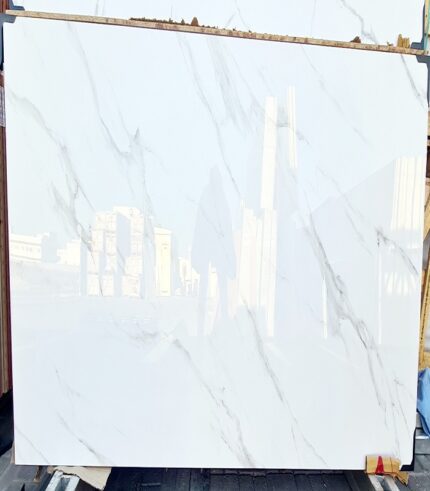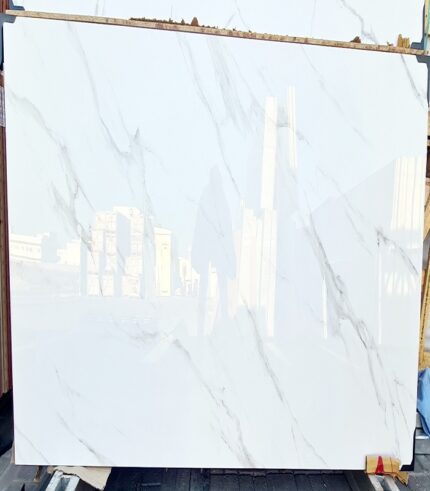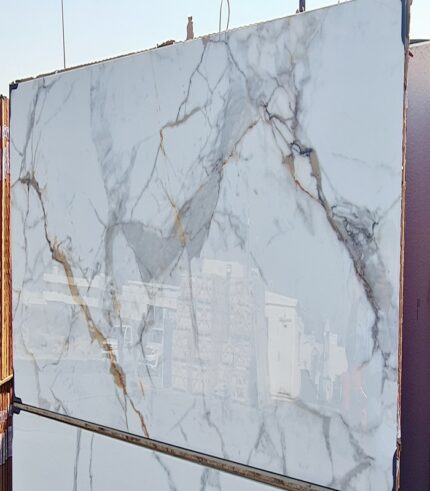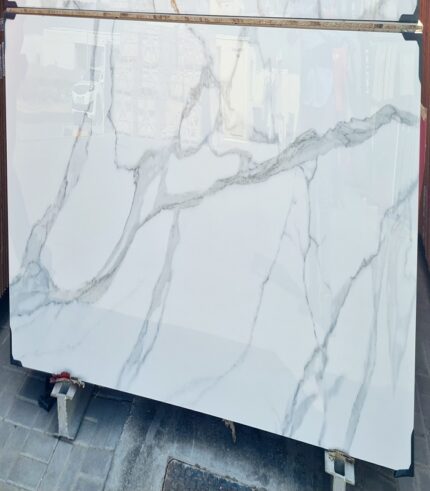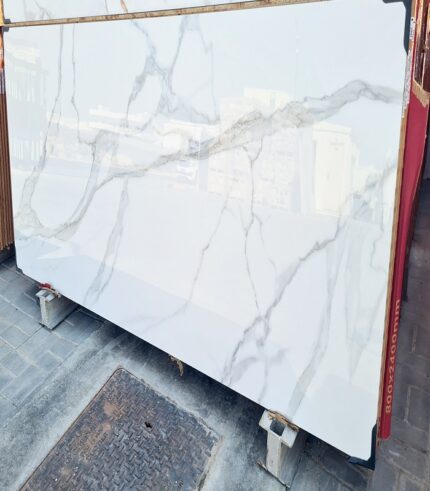Macchia Porcelain15mm 80×240
Porcelain is a type of ceramic material that has been used for centuries in various cultures for creating delicate and ornamental items. While porcelain is often associated with China, it has also been produced in India and other parts of the world. Here are some details about porcelain from India:
SKU:
N/A
Categories: 15mm, Color Wise, Cutter Slabs, Macchia, Size Wise, Thickness Wise, white
Description
Porcelain is a type of ceramic material that has been used for centuries in various cultures for creating delicate and ornamental items. While porcelain is often associated with China, it has also been produced in India and other parts of the world. Here are some details about porcelain from India:
- History: Porcelain production in India has a rich history that dates back to ancient times. The art of making porcelain was mastered in regions like Jaipur, Khurja, and Kolkata. The craft has been passed down through generations, and today, Indian porcelain reflects a blend of traditional techniques and contemporary designs.
- Materials: Porcelain is primarily made from a combination of fine clay, feldspar, and quartz. The quality of the materials used can significantly impact the final product. In India, skilled artisans often source locally available materials to create unique blends for their porcelain creations.
- Production Techniques: Indian porcelain is traditionally produced using a combination of handcrafting and wheel-throwing techniques. Skilled artisans shape and mold the clay into desired forms, and the items are then fired at high temperatures in kilns. The firing process is crucial for achieving the characteristic hardness and translucency of porcelain.
- Designs and Patterns: Indian porcelain is known for its intricate and vibrant designs. Artisans draw inspiration from traditional Indian motifs, nature, and cultural symbols to create visually stunning pieces. Floral patterns, geometric designs, and depictions of mythological themes are commonly found in Indian porcelain.
- Colors: Porcelain items from India often showcase a wide range of colors. The use of vibrant hues is a distinctive feature, and artisans employ various glazing techniques to achieve different textures and finishes. Blue and white combinations, reminiscent of traditional Chinese porcelain, are popular, but other color schemes are also explored.
Additional information
Shipping & Delivery

